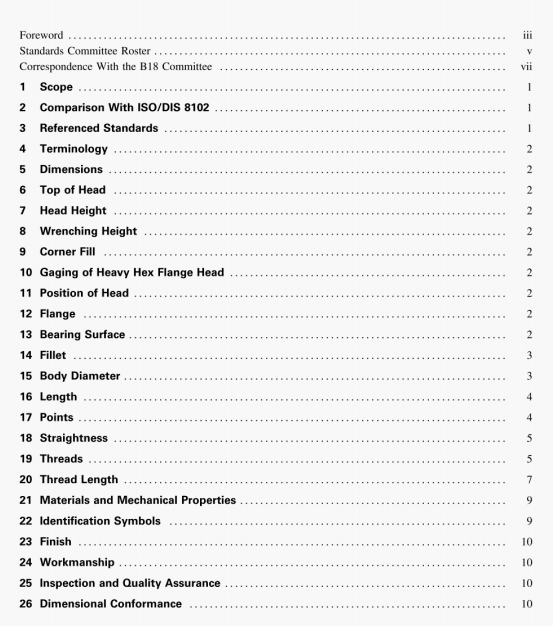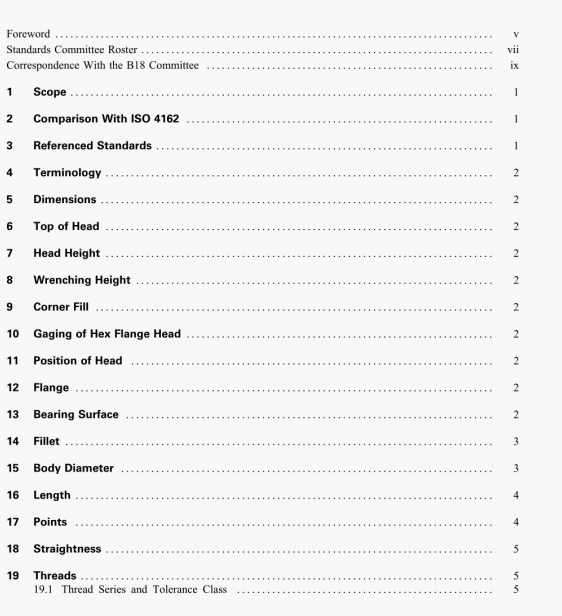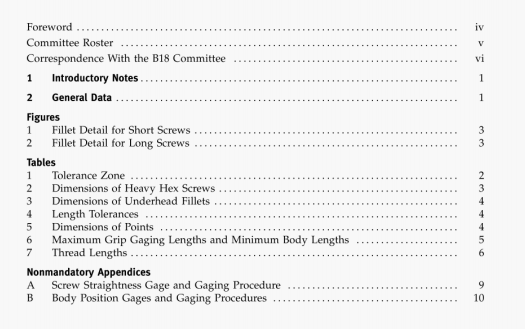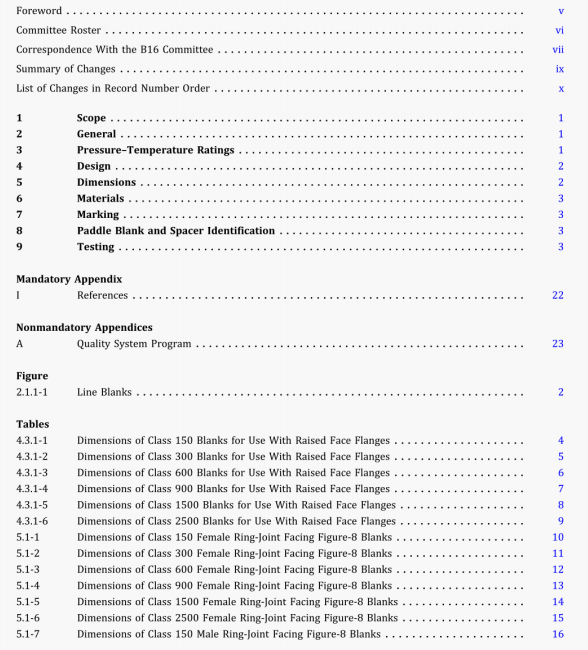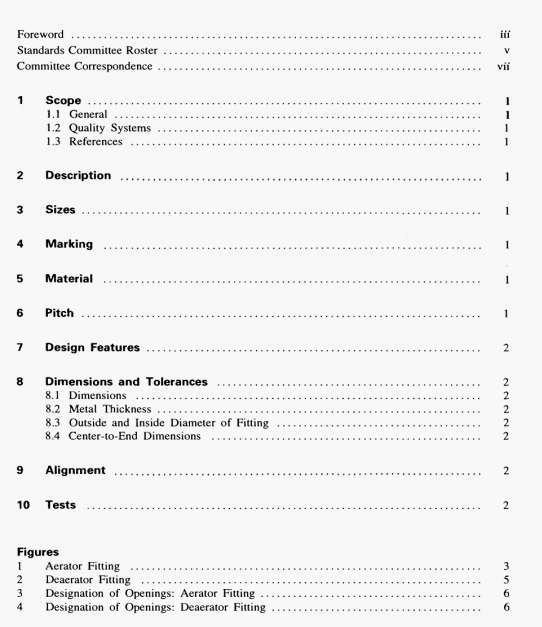Abstract: ASMEA17.6:2017 pdf download.Standard for Elevator Suspension, Compensation, and Governor Systems. 13.1.3.4 Strand Type and Constructions: ParaLLel Lay. Strand that contains at least two layers of wires all of which are laid in one operation...
ASMEA17.6:2017 pdf download.Standard for Elevator Suspension, Compensation, and Governor Systems.
13.1.3.4 Strand Type and Constructions: ParaLLel Lay. Strand that contains at least two layers of wires all of
which are laid in one operation (in the same direction). The lay length of all wire layers are equal, and the wire of any two superimposed byers are parallel to each other resulting in linear contact.
P40Th: Strand construction L designated by li%ting the number *1 wlre. beginning with the outer wires, with each
byer eparaLed by a hyphen.
There are three types of parallel lay constructions commonly used for elevator rope, which are as follows:
(a) Seale (S). Construction having same number of wires in each layer, e.g. 9.9.1. See Figure 1.3.1.3.4-1.
(b) Warrlngton (W), Construction having outer (Warrington) layer containing alternately large and small wires and twice the number of wires as the inner layer. Warringlon layers are designated by listing the number of large and small wires with a plus sign (+) in between and parentheses around the layer. e.g.. (6 + 6). See Figure 1.3.1.3.4.2.
(c) Filler (F). Construction having outer layer containing twice the number of wires than the inner layer, with
filler wires laid in the interstices between the layers. Filler wires are designated with the letter See Figure 1.3.1.3.4.3.
1.3.1.4 Rope Cores. Central elements, usually of fiber or steel around which the strands are helically laid. Rope cores shall have a rope manufacturer-specific identification marker incorporated during core manufacture or
during closing of finished rope. The marker shall be of filament, fiber, or ribbon material. See Figure 1.3.1.4-1.
1.3.1.4.1 Fiber Core (FC). An element made from either natural or synthetic fibers.
Recommended:
ASME A112.1.2:2012 pdf download ASME 14414:2015 pdf download ASME 30.9:2021 pdf download ASME Y14.1-2020 pdf download